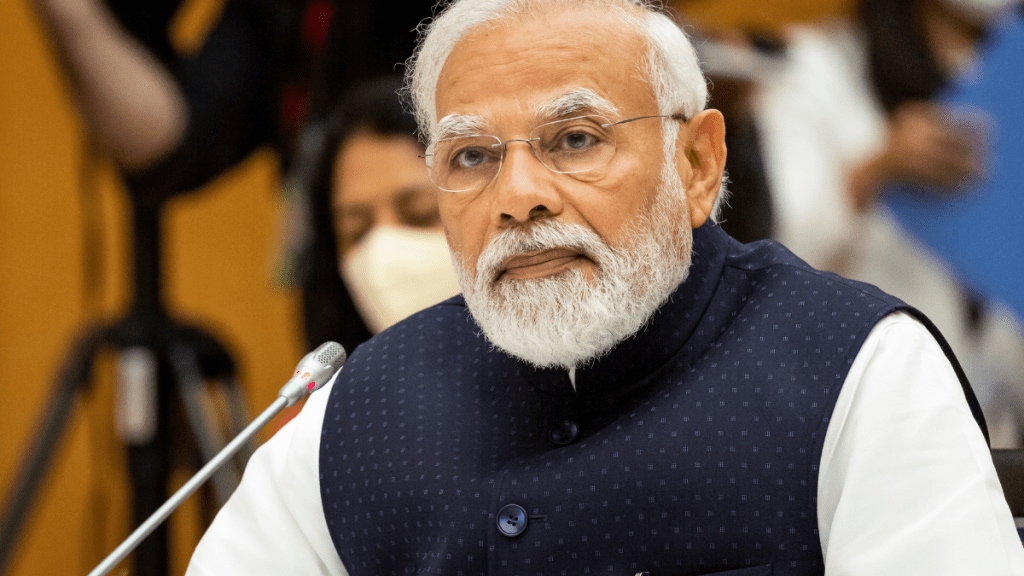India is continuously carrying out reforms to fully explore the potential of its hydrocarbon resources and is working to increase its refining capacity by 20%, Prime Minister Narendra Modi said at the inauguration of the India Energy Week meet. Addressing the meet virtually, he said India is currently the fourth-largest refining hub.
Major discoveries and extensive expansion of gas infrastructure are contributing to the growth of the gas sector, increasing the share of natural gas in India’s energy mix. The country aims to increase the share of natural gas in the energy mix to 15% by 2030, up from current 6%. “Due to several discoveries and the expanding pipeline infrastructure in India, the supply of natural gas is increasing,” Modi said, adding that this will lead to a rise in the utilisation of natural gas in the near future. Modi also said there are numerous investment opportunities in these sectors.
Petroleum and natural gas minister Hardeep Singh Puri highlighted that the country is making significant strides in renewables, attracting $96 billion in hydrogen investments. India imports a major portion of its gas requirements and aims to reduce the country’s import dependency for oil and gas.
“India is driving not only its growth but also the growth of the world, with the energy sector playing a significant role,” Modi said. He also noted the country’s energy goals by 2030 which involves the addition of 500 gigawatts of renewable energy capacity, achieving net zero carbon emissions for Indian Railways, and producing five million metric tons of green hydrogen annually.
India’s solar energy generation capacity has increased thirty-two times in the last ten years, making it the third-largest solar power generating nation in the world, said Modi. He also noted that India’s non-fossil fuel energy capacity has tripled and the country is the first G20 country to achieve the goals of the Paris Agreement.
The country has achieved 19% ethanol blending leading to foreign exchange savings, substantial farmer revenue, and significant reductions in CO2 emissions. The country now aims to achieve a 20% ethanol blending target by October 2025.
Modi pointed out that India’s sedimentary basins hold numerous hydrocarbon resources, some of which have already been identified, while others await exploration. “To make India’s upstream sector more attractive, the government introduced the Open Acreage Licensing Policy (OALP),” he said.
Over the years, the government has provided support to the sector, including opening the Exclusive Economic Zone and establishing a single-window clearance system. Modi noted that changes to the Oilfields Regulation & Development Act now offer stakeholders policy stability, extended leases, and improved financial terms. The prime minister said that these reforms will facilitate the exploration of oil and gas resources in the maritime sector, increase production, and maintain strategic petroleum reserves.


